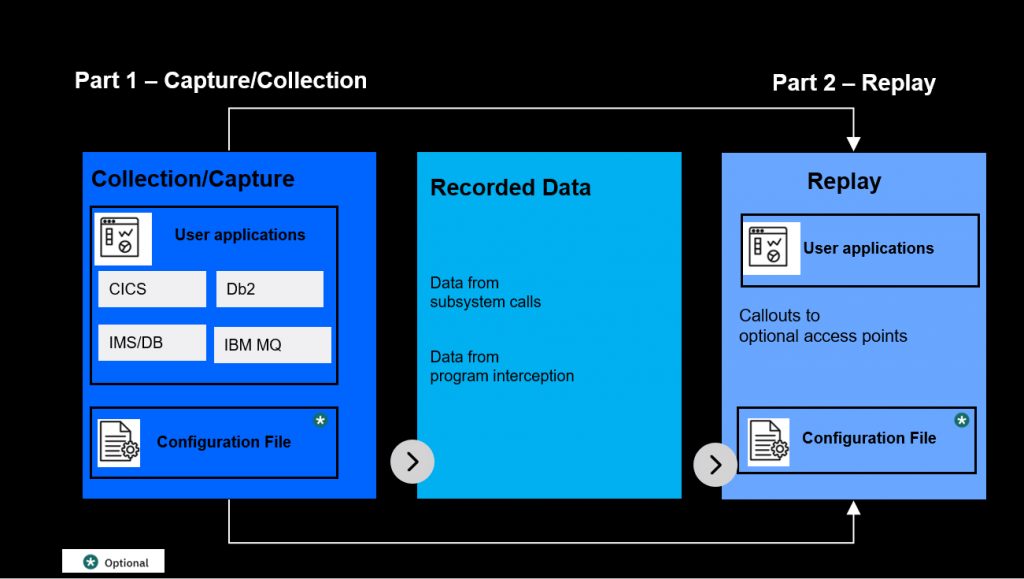IBM Leverages Containers to Advance DevOps on Mainframes
IBM has extended its effort to make the mainframe just another DevOps platform to deploy code with the launch of Wazi for Red Hat CodeReady Workspaces, a browser-based tool that can now leverage containers running on x86 servers to build applications intended to be deployed on mainframes running zOS.
Sanjay Chandru, director for IBM Z DevOps, says Wazi for Red Hat CodeReady Workspaces leverages containers to provide developers with a sandbox environment using development tools made available via a Red Hat OpenShift platform-as-a-service (PaaS) environment running on x86 servers and includes instances of IBM middleware such as CICS and DB2 running on zOS.
The sandbox is created using IBM Cloud Pak for Applications, which provides access to containerized instances of IBM’s middleware. Red Hat OpenShift is based on a distribution of Kubernetes.
In addition, IBM has now advanced the ability to test mainframe applications via the Wazi Virtual Test Platform (VTP), which can capture and record a transaction or entire application in a test environment, including all the data. The data file then can be used to replay that transaction in batch mode as often as required.
IBM is taking advantage of container technologies to make it easier for DevOps teams to build mainframe applications using the same tools they build applications for other platforms, says Chandru. Red Hat CodeReady Workspaces is based on the open source Eclipse integrated development environment, and there is also an extension that enables developers to write code in a Microsoft Visual Studio environment.
Organizations that build applications for mainframes will also be able to leverage Git-based repositories to manage their source code in the same way they do for other platforms, he adds.
Container technologies are now playing a major role in IBM’s efforts to modernize application development on the mainframe. There is a general shortage of application developers that know how to build applications that run on zOS even though that platform is still widely employed and running mission-critical applications in large enterprises.
By making it easier to build applications using tools many developers already know, IBM is trying to encourage the development of additional z/OS applications. As part of that effort, the company has been encouraging IT organizations that have mainframes in place to adopt best DevOps practices using tools it provides. In addition, when it acquired Red Hat IBM indicated an instance of Kubernetes running on z/OS would be forthcoming.
It’s not yet clear to what degree organizations that depend on mainframe applications will embrace DevOps and containers. Most organizations have relied on legacy waterfall-based processes for decades to build mainframe applications. However, as more organizations invest in digital business transformation initiatives that involve updates to their mainframe applications, many organizations are embracing DevOps processes to build, deploy and update applications faster.
Of course, IBM is not the only provider of tools for building mainframe applications encouraging organizations to embrace DevOps. However, IBM with its acquisition of Red Hat now has a portfolio of DevOps tools that are already widely employed. The challenge now is getting the DevOps teams who have already embraced those tools to rediscover the mainframe.





